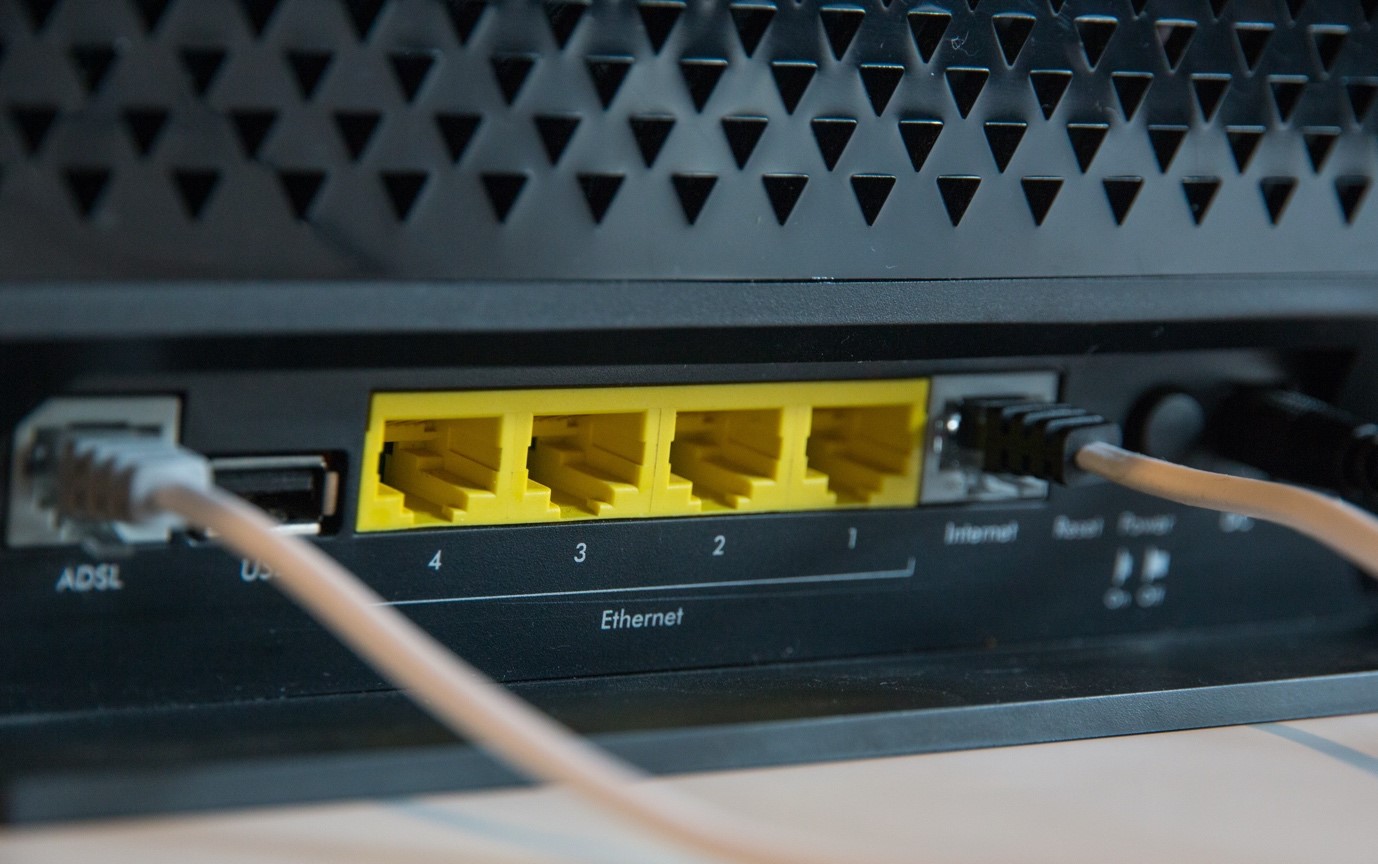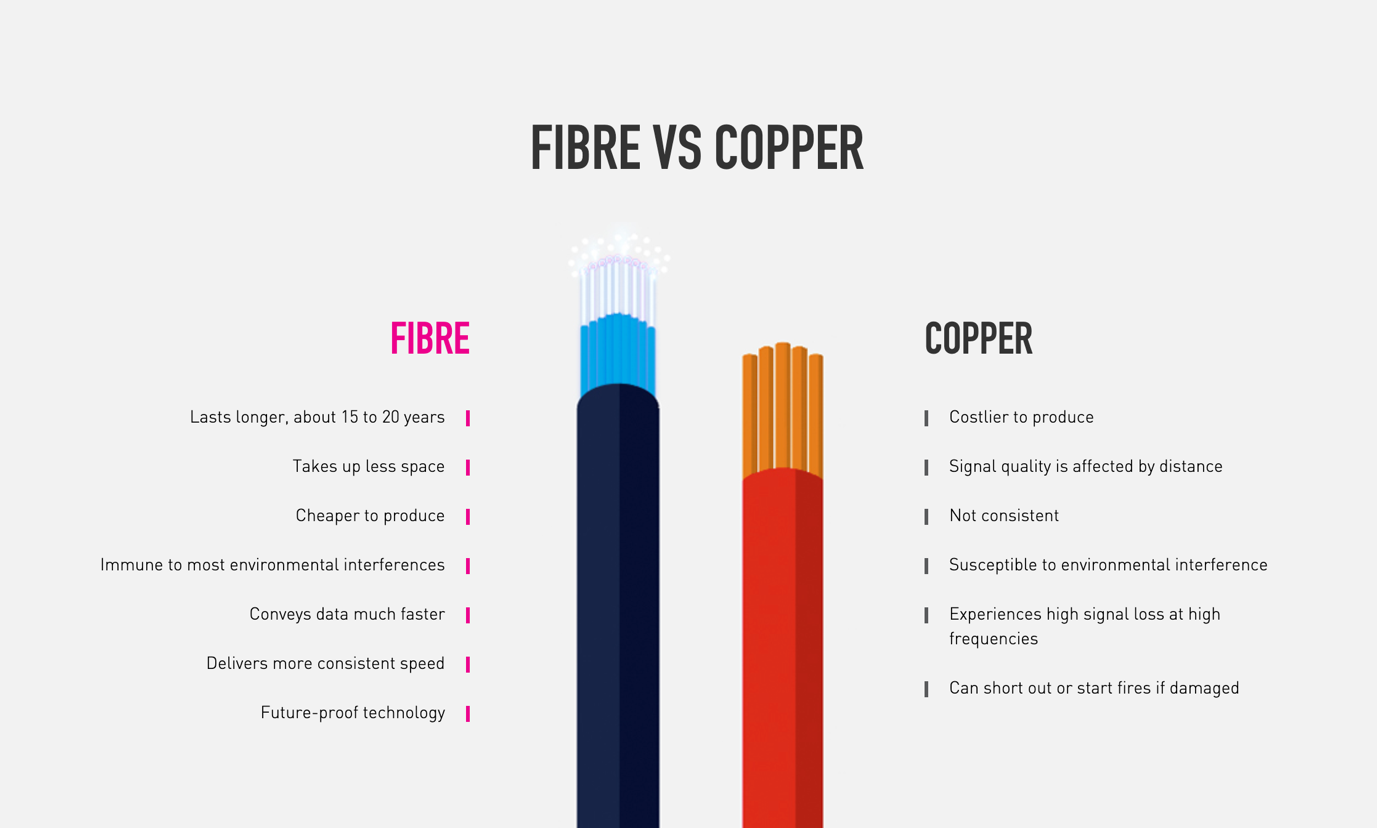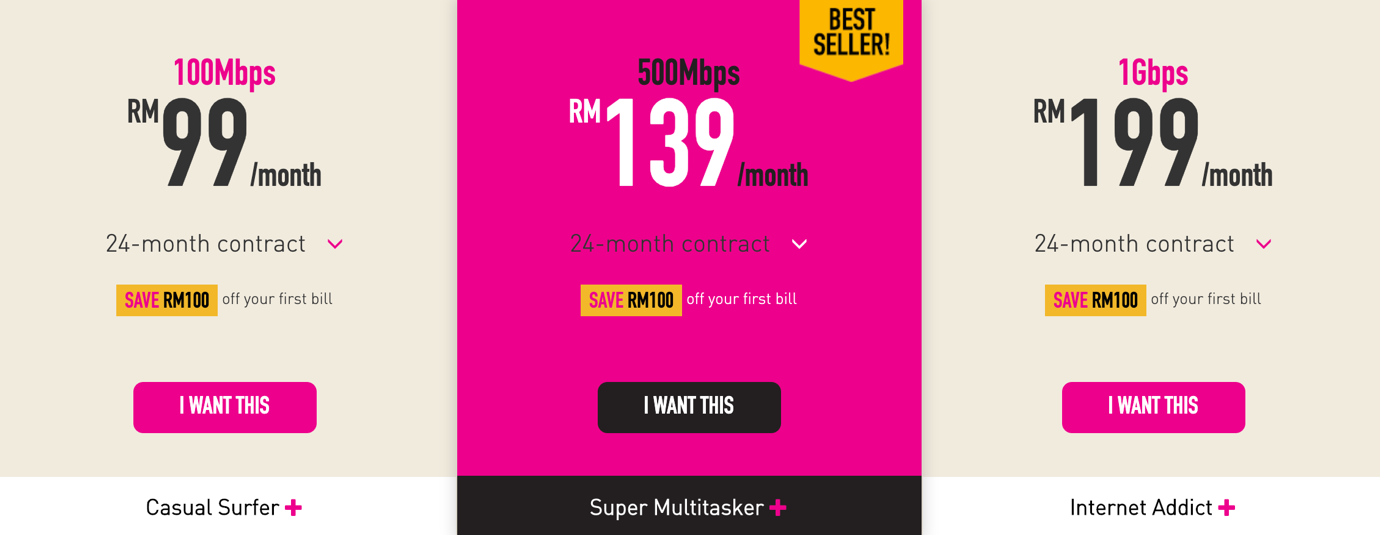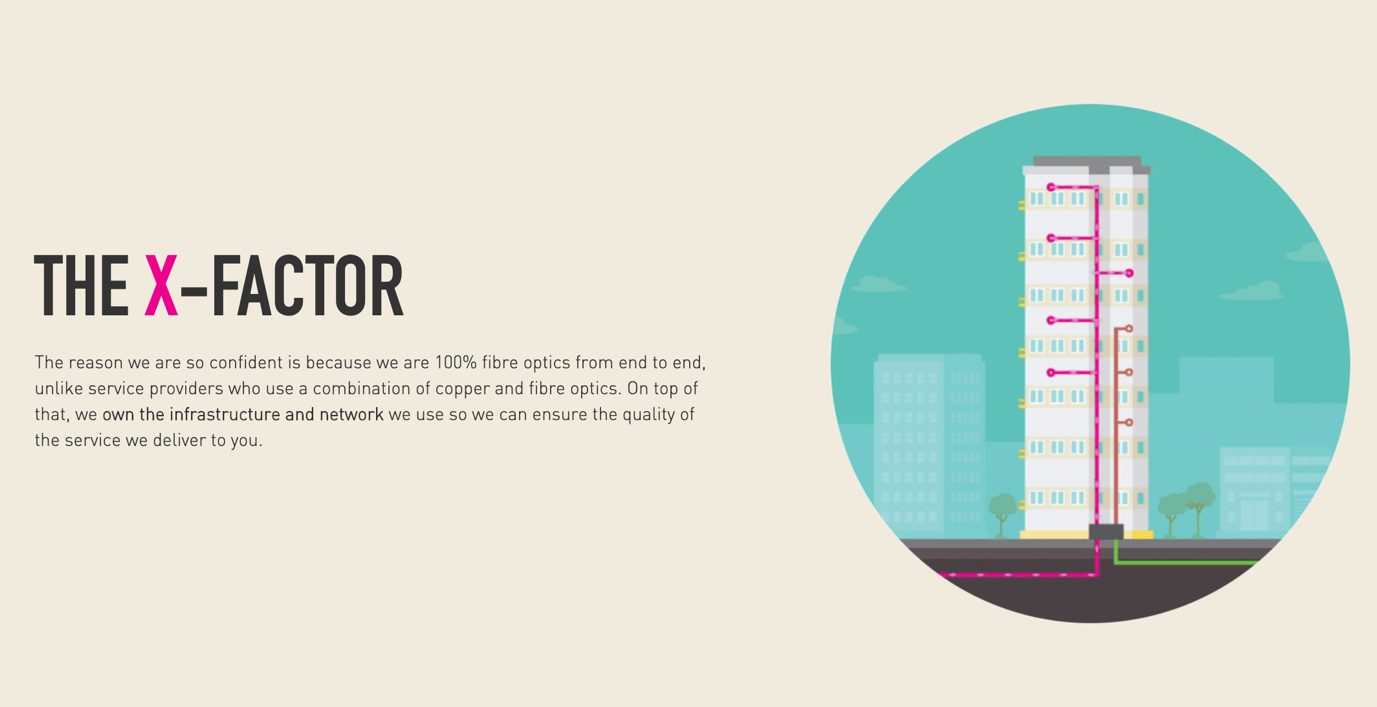This post is brought to you by TIME Internet.
We all know how essential a role the internet plays in our daily lives in 2019. Whether we’re talking about professionals, students, families, or even kids, the connectivity of the internet is inevitably linked to almost every aspect of our lives.
As such, the importance of having a good internet connection is arguably more apparent than ever. But with technical terms like latency, speed, and fibre connections being thrown about, as well as the varying needs of each individual or family, how does one even begin to understand what to look for in a home/office internet solution? Here’s a quick breakdown of what you need to know.
What is fibre broadband, and how fast is it?
Traditionally, internet connectivity was delivered via copper cables, such as ADSL connections. But technology—and consumer needs—have now evolved to a point where fibre networks are now the gold standard of today’s internet connections.
Essentially, a fibre broadband connection uses fibre optic cables to deliver data to your home or office with no copper in between. Unlike a copper connection, the fibre optic cables transmit data through light—this has the benefit of being faster, and the technology isn’t affected by environmental factors or distance.
Copper-based connections, on the other hand, is based on infrastructure that was originally designed for voice calls. As such, this isn’t the most effective method for data transfer—and the strength and quality of the signal transmitted via copper wires reduce as the distance of the exchange increases.

As such, the technology behind broadband connections that utilise fibre optic cables also has a much higher threshold for speed. Stability—which is essential for streaming videos and online gaming—is also much improved, due to the impervious nature of fibre optic cables to factors such as temperature and electromagnetic interference.
And of course, speed. As illustrated earlier, there really isn’t much competition when it comes to copper-based ADSL broadband connections and fibre connections for the speeds you get. However, it’s worth noting that there are some providers in Malaysia who offer broadband connections that are not 100% fibre—as a result, some areas are only limited to speeds of 30Mbps.
But with full-fibre connections provided by other providers in Malaysia, you get speeds of up to 1Gbps—significantly more bandwidth. To further illustrate its potential, the fastest recorded speed for a fibre optic connection is 5.5Tbps over a distance of 7km.

So what does that mean to the everyday user? Effectively, the technology translates to better, more stable experiences with various activities. Data-hungry activities like gaming and live streaming certainly go a lot smoother with a full-fibre connection, while even the simplest of tasks like video calls are significantly improved. Meanwhile, file downloads and uploads are markedly improved, which is essential in today’s world—who hasn’t had to wait hours to download a huge ZIP file for work/studies?
Who needs fibre broadband?
Everyone. Or at least, anyone that relies on the internet on a daily basis. Currently, almost every aspect of life is tied to multiple devices—all of which rely on connectivity, to some extent. We’re talking about smartphones, laptops, tablets, smartwatches, and the continued development of smart home products.
In fact, the very development of smart home products is what makes the need for fibre broadband so apparent. Think of it this way: a modern home has a multitude of devices that are connected to the internet, with products like CCTV cameras, home entertainment systems, or even vacuum cleaners all capable of being controlled remotely via the internet.
This, of course, relies on a stable, fast, and durable broadband connection. And with the expected digitalisation of industries globally, you can expect this reliance on internet connectivity to increase exponentially in the future.
As such, it’s important to remember that a fibre connection is essentially a way to future-proof your home or office for the near-term future.
Options in Malaysia
There are a number of options when it comes to home fibre broadband in Malaysia. This includes TIME, Maxis, and Unifi. However, each provider has a different set of options available.
For example, Unifi Lite utilises copper wiring for speeds of up to 8Mbps and is available for RM89, while there is also the Unifi Home 30Mbps plan that provides speeds of up to 30Mbps for the same price. This basically means that you’re paying RM11.13/Mbps for Unifi Lite, and RM2.97/Mbps for Unifi Home 30Mbps.

However, TIME’s cheapest option goes for a monthly fee of RM99, and provides speeds of up to 100Mbps. This translates to RM0.99/Mbps, which is certainly a bang-for-buck option. As discussed earlier, the speed and stability of the TIME connection is ensured by a 100% full-fibre broadband connection.
And of course, if you really want to have the fastest speeds, you can opt for the 1Gbps plan, which will set you back at RM199 per month—around RM0.20/Mbps. All of TIME’s options are 100% full-fibre connections, and according to them, the quality and control of their infrastructure and network ensures better overall service.

If you’re interested to find out more about TIME’s home broadband options for better speeds and stability, head over to their official site here.








